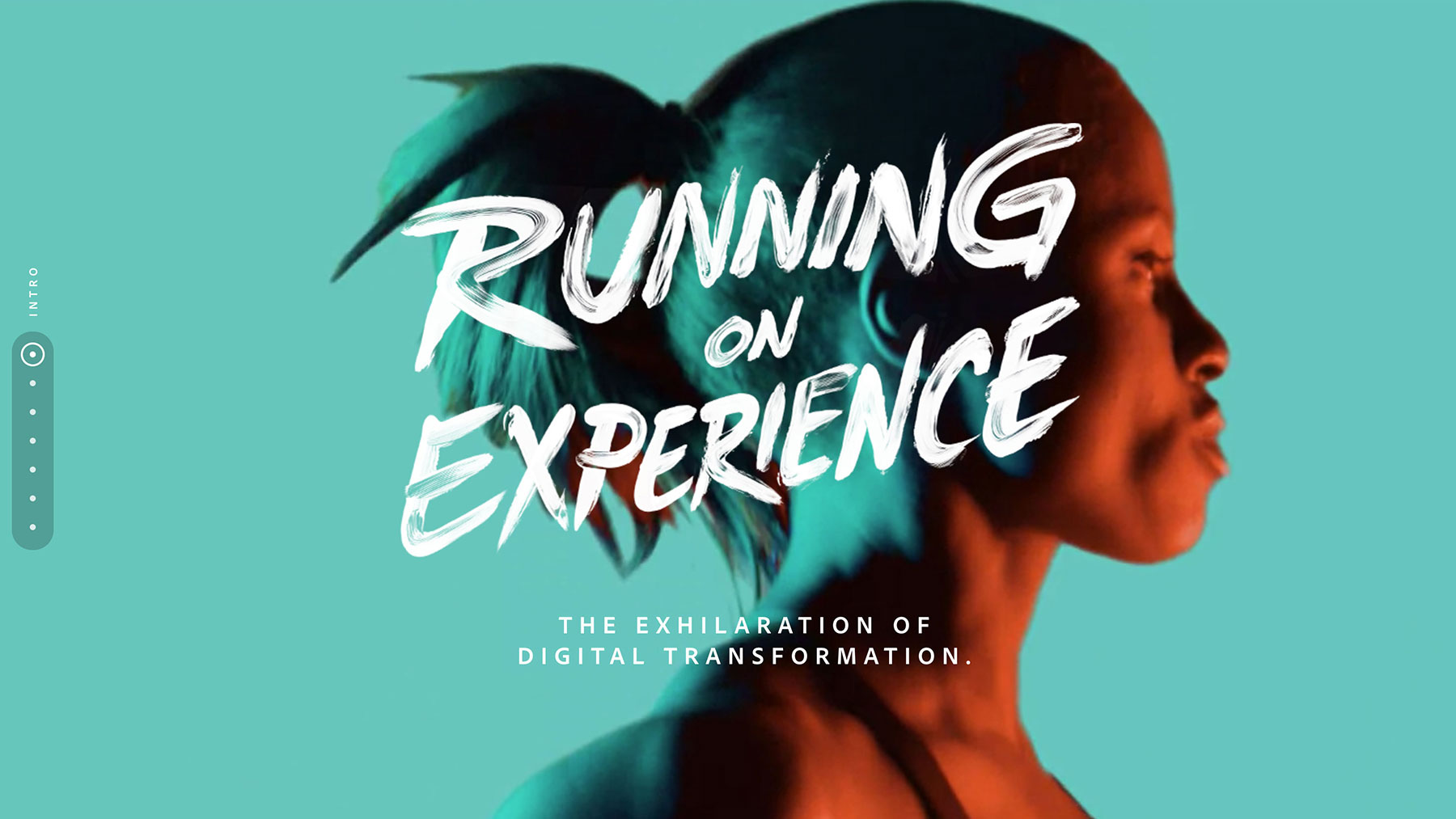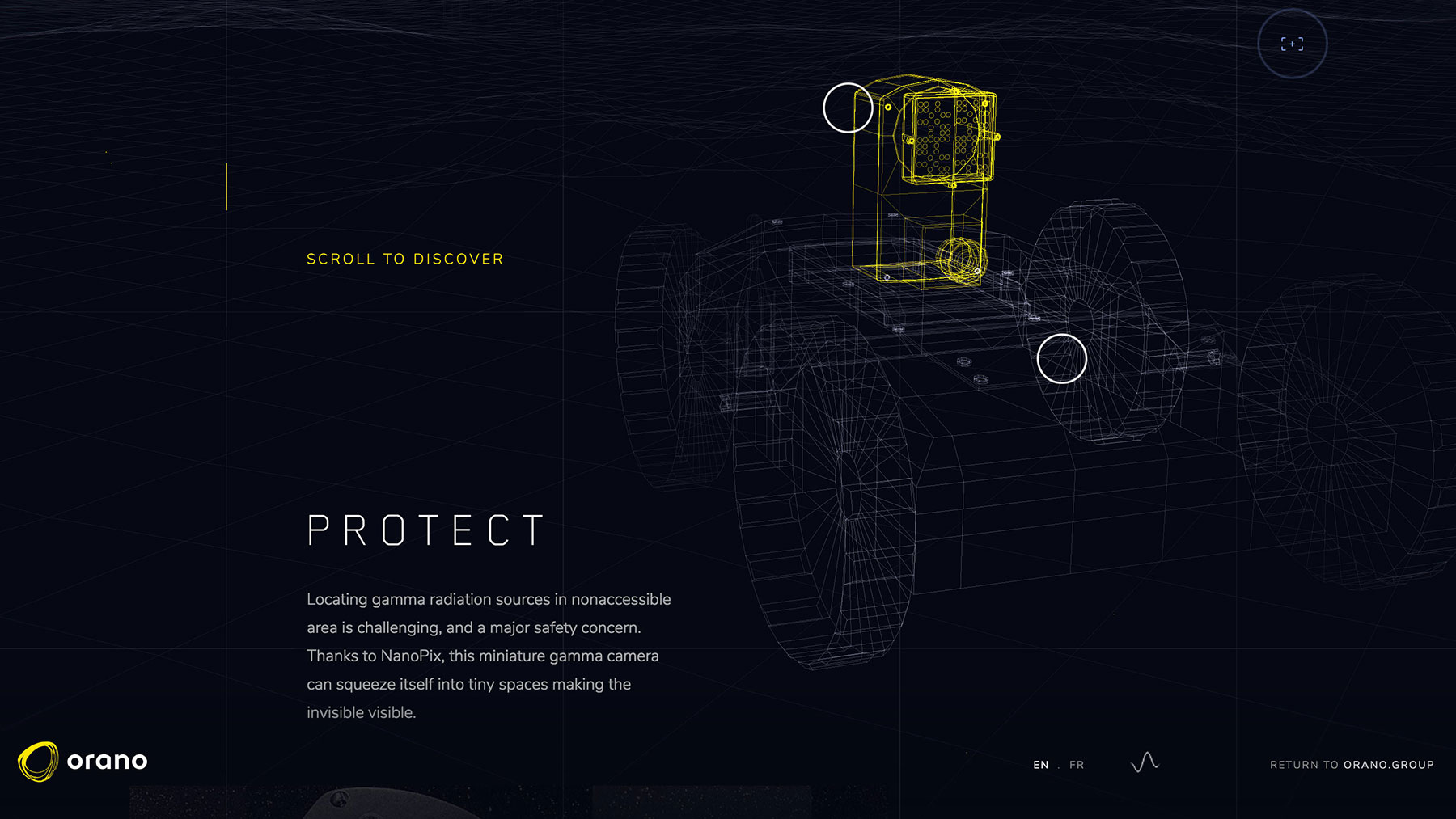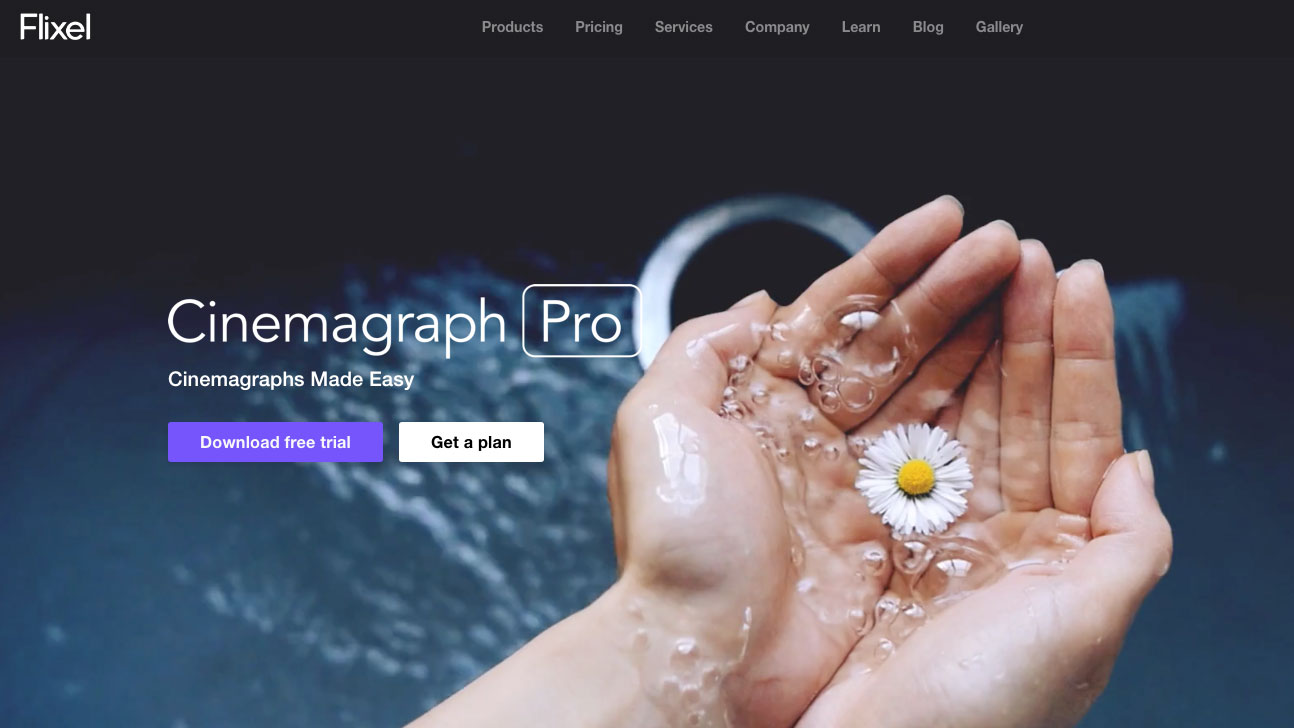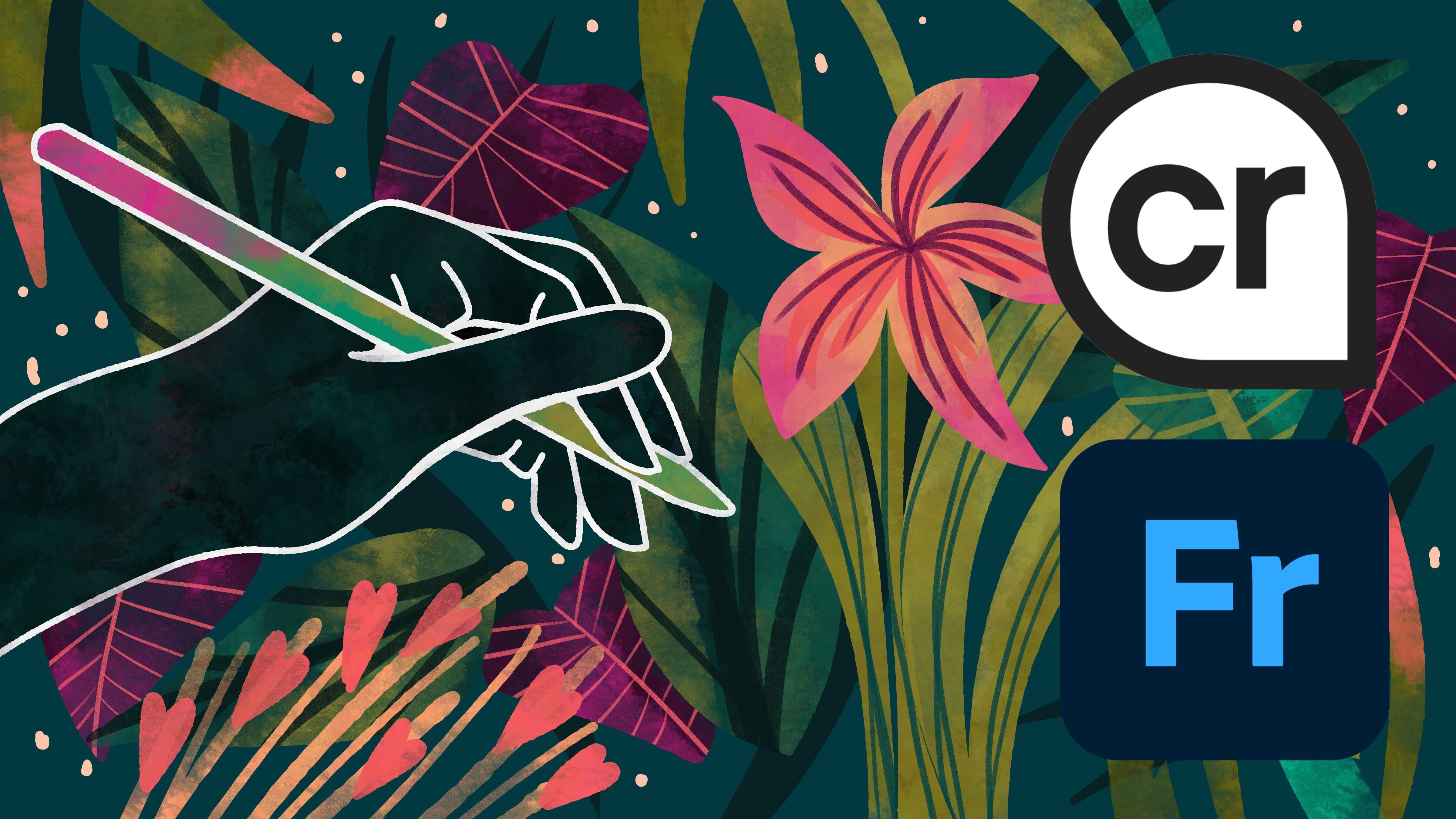The explosion of AR, VR and AI has certainly opened new doors for UX and UI designers. These technological developments encourage designers to develop more lush, engaging experiences while at the same time challenging them to rethink their creative approach. However, while these innovations have given designers exciting new spaces in which to hone and showcase their craft, successful UX/UI design at its core continues to be driven by a compelling narrative.
In this article, we'll consider the UI themes that dominated in 2018, and what will be key for designers to focus on as we move into the new year.
- Explore our pick of the best 404 pages
01. Colourful, effervescent design

The strongest, most appealing way in which UX/UI storytelling is being rendered is through the use of bold, vibrant colour. High saturation and use of neon-like colour palettes create so much positive energy, which you can truly feel in digital efforts like Running on Experience. In this simple but striking, scrolling journey, Adobe uses video to tell a linear story about digital transformation. The whole thing is beautifully handled, but what’s really captivating is strong use of typography and the gorgeous colour spectrum on display.
02. Less flat design

Along with a focus on vibrance, flat UX/UI design is once again trending down and giving way to a renewed interest in the creation of more layered, immersive web experiences, from the use of drop-shadows to image depth of field.
To promote its gamma radiation-detecting NanoPix camera, for example, the renewable energy specialists at Orano unveiled a multi-tiered experience complete with a mix of clean graphic design and 3D, parallax scrolling and subtle, intuitive micro-interactions that all seamlessly combine to create a wonderful storytelling experience.
03. Heightened hi-fidelity prototyping

The UX/UI design tools of digital storytelling are now being amplified by apps like Cinemagraph Pro, Pixaloop, VSCO and Canva, which streamline the path to proof-of-concept, compared to more complex traditional design tools such as Photoshop or After Effects. But as we head into 2019, we're exploring more tools like InVision Studio, which can be used to develop more high-fidelity prototypes to better sell a user experience to our clients.
One of the main purposes of prototyping is to do with validating the proposed user experience. These tools can help designers create something high-fidelity in a similar amount of time as standard UX/UI development, and ultimately provide a more effective way to walk clients through an interactive experience.
Get the Creative Bloq Newsletter
Daily design news, reviews, how-tos and more, as picked by the editors.
04. Increased adaptability

Like any other industry, be it music, film or fashion, cycles in UX/UI design happen because of oversaturation. At some point everything begins to look and sound the same. The downward trend of flat design, for instance, is just part of the cyclical nature of the field.
Because of this consistent ebb and flow, UX/UI designers need to acknowledge that the key for the industry’s survival is adaptability – especially with the emergence of AR, VR and AI. The latter, in fact, has already made a noticeable impact on society, from controlling and managing our smart homes and driving our cars to making financial recommendations – not to mention the effect that the technology has had on the work of UX/UI designers.
Though AI has yet to completely take over our responsibilities in UX/UI, what this tool and other innovations should teach designers is that they need to learn to adapt and adjust their skill sets as new tech emerges and design styles shift. While the fundamentals of graphic design will still apply to UX/UI, the tools will certainly advance. And as more companies develop specific tools for designers and developers, we need to be open to leveraging them appropriately – before of course, we eventually move onto something else entirely.
Liked this? Try these...

Thank you for reading 5 articles this month* Join now for unlimited access
Enjoy your first month for just £1 / $1 / €1
*Read 5 free articles per month without a subscription

Join now for unlimited access
Try first month for just £1 / $1 / €1
